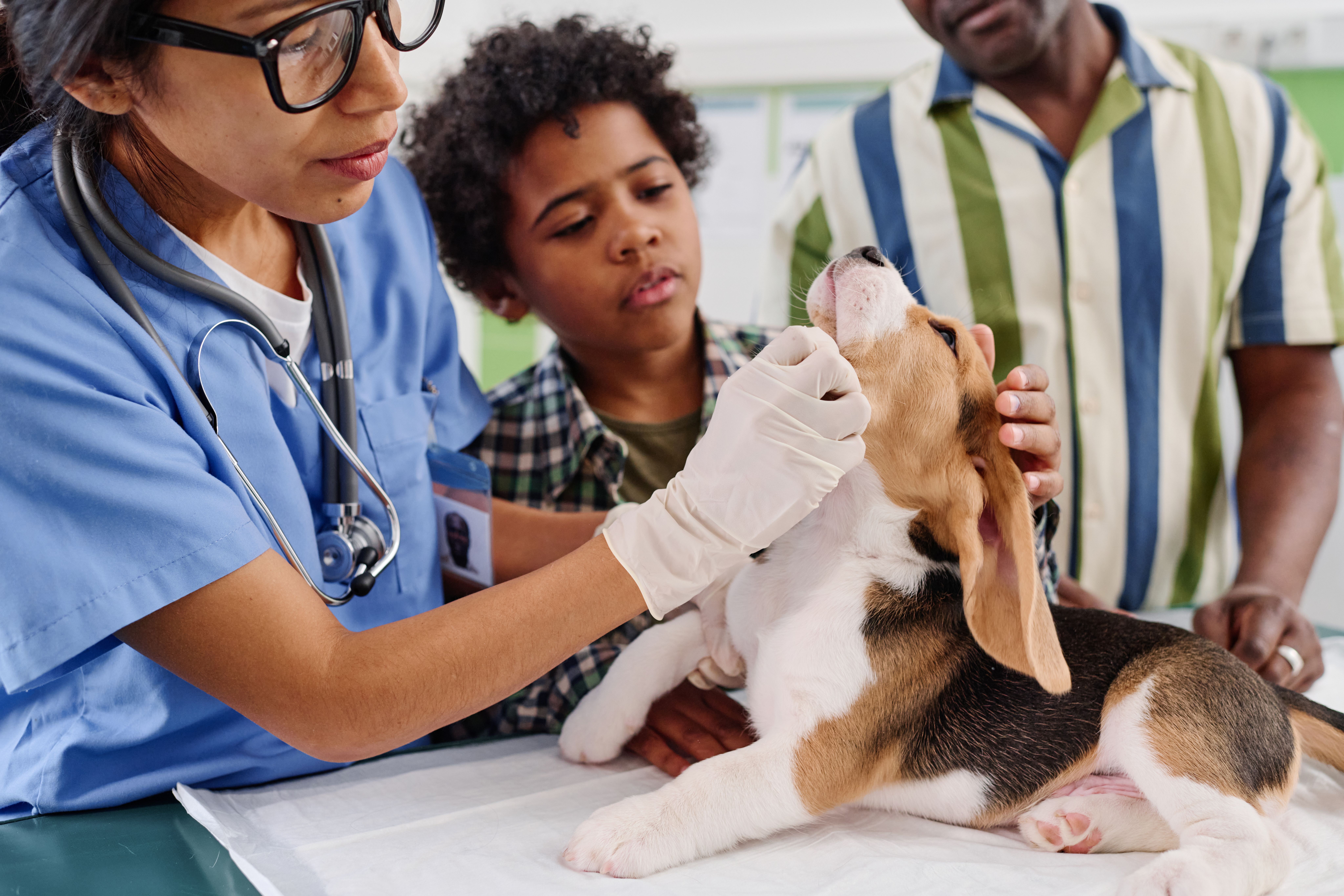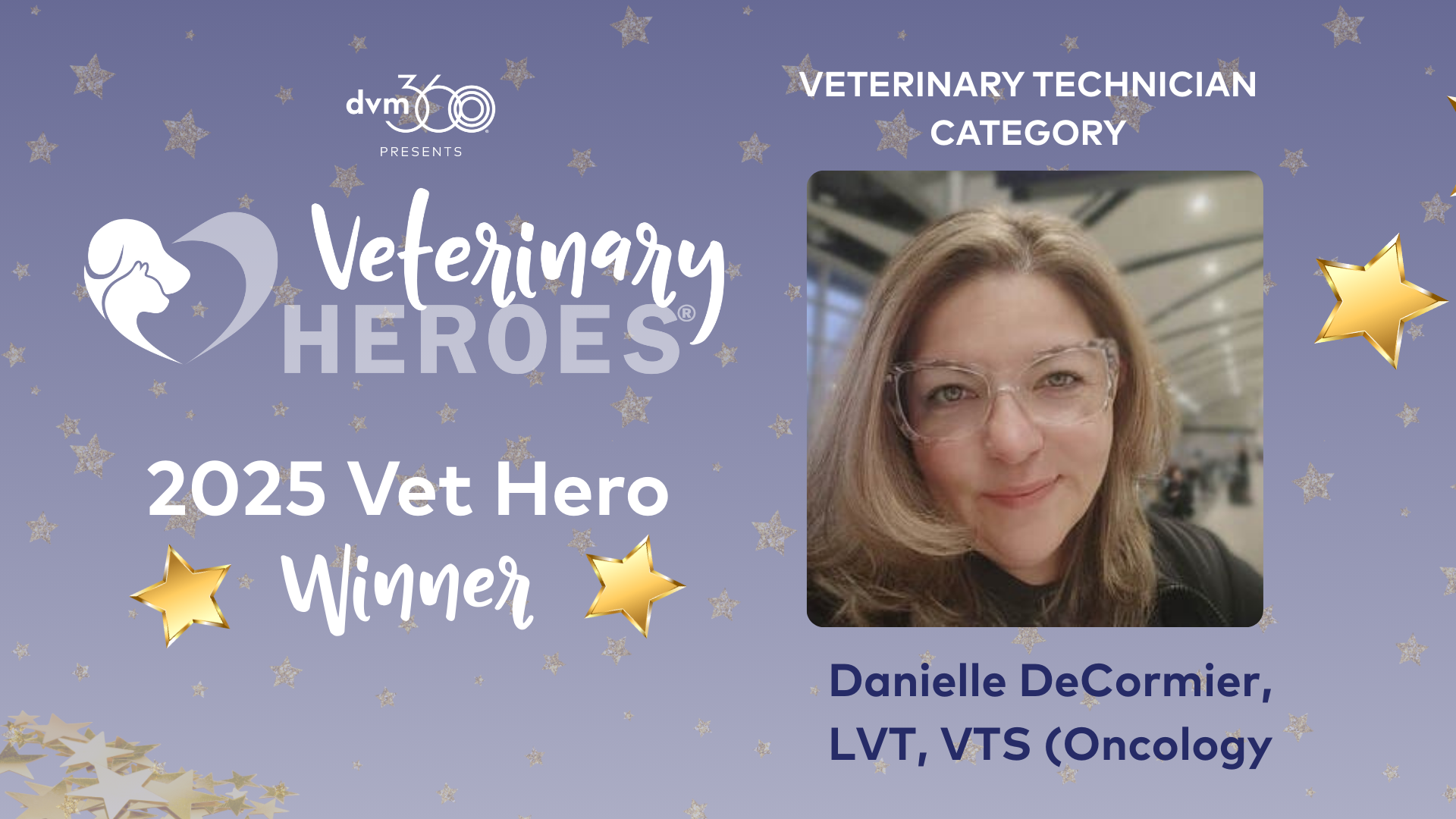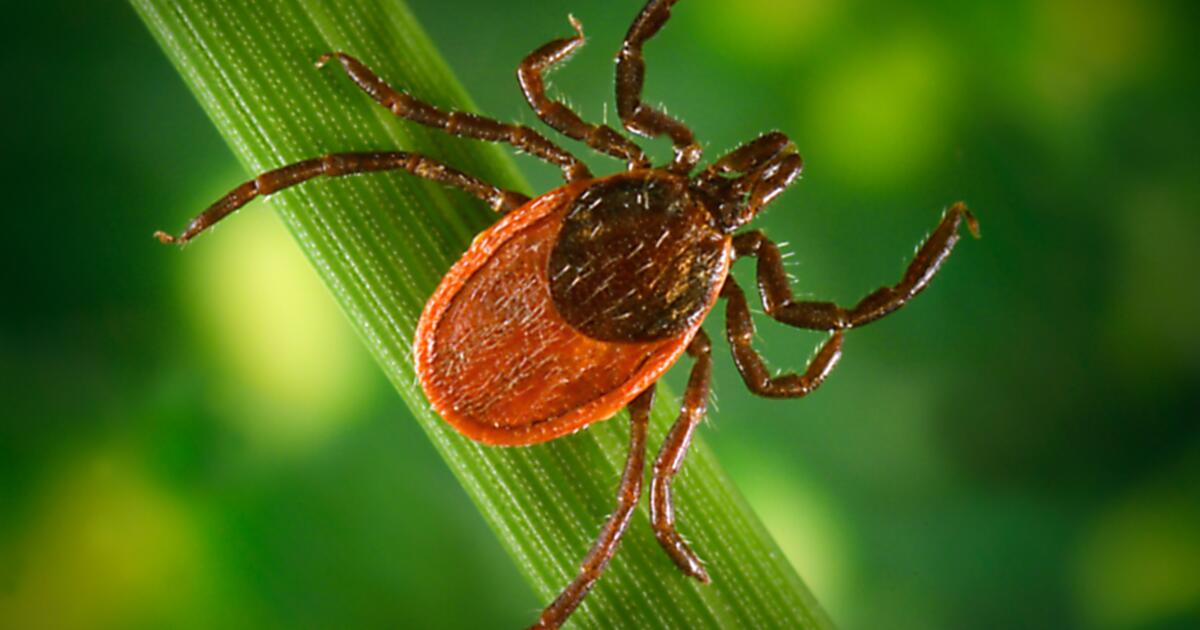- Weekend Rounds
- Posts
- U.S. Issues Emergency Approval to Fight Screwworms
U.S. Issues Emergency Approval to Fight Screwworms
Plus: Inside a mobile-vet shutdown and a new early-warning network for dogs
Hello 👋
Welcome back to another edition of Weekend Rounds!
Welcome to the dog days of summer. It’s late-August, which means you should get ready for that spicy blend of “back-to-school chaos” and “oh no, did the A/C just break!?”
Keeping up with the latest in vet med should be the least of your worries, so we’ve gathered it all in a quick read for you. Here’s what we’re covering:
🪰 HHS/FDA activate emergency tools against screwworm
🚐 “The Vets” shuts down
📡 An early-warning network for canine health
🚀 Quick hits

🪰
HHS/FDA activate emergency tools against screwworm
On Aug 19, HHS issued a declaration allowing the FDA to grant Emergency Use Authorizations (EUAs) for animal drugs to treat or prevent New World screwworm (NWS), a flesh-eating fly that targets warm-blooded animals. The move follows detections in Mexico near the U.S. border and a temporary halt of livestock imports from Mexico as officials work to keep the parasite out of the U.S. Since there are no FDA-approved screwworm treatments on the market, the EUA pathway lets veterinarians use drugs approved for other indications or products authorized abroad while longer-term controls are built out.
For practitioners, the FDA has created an EUA intake channel for animal-drug sponsors and posted guidance on what evidence it needs. Expect case-by-case decisions and reporting obligations: continue to prioritize early wound detection, debridement, and isolation in at-risk herds and working dogs near the Southwest US. In parallel, USDA/APHIS is funding regional response and strengthening the biological barrier further south as part of a multi-country eradication push.
Longer term, USDA is planning a sterile-fly production facility in Texas (where the capacity is measured in hundreds of millions of sterile flies weekly) to reinforce area-wide suppression, an approach that helped wipe out NWS from the U.S. decades ago. Unfortunately, the trade impacts are already visible: border closures for livestock have created economic losses surveillance for screwworm ramps up.
If NWS affects your work: brief food-animal clients on the situation, refresh SOPs for wound checks, and watch for FDA product-specific EUAs.
🚐
“The Vets” shuts down
VIN News first flagged the collapse on July 23, reporting that mobile house-call provider The Vets had canceled all appointments and appeared to cease operations. The company, founded in 2021 and listing 28 U.S. locations and over 45 veterinarians, posted a generic notice that it was not taking new bookings. This left clients and clinicians to piece together what was happening. VIN highlighted the suddenness of the halt and the lack of a detailed public explanation from the company.
A follow-up VIN investigation published almost a month later describes the wind-down from the inside inside. Staff say operations stopped without notice, with shifts ending as usual one day and silence the next. Employees and relief doctors recounted scrambling clients, unanswered record requests, and uncertainty over pay and benefits. It might be one the worst examples of corporate communication in our profession, as some learned of the shutdown only after appointments were canceled.
The scale and expectations around the venture-backed startup, which saw quick expansion into dozens of metro markets & aggressive growth, made the overnight stop especially jarring for clients who had come to rely on in-home care.
For hospitals inheriting or wanting to inherit displaced patients here is an onboarding plan to help those patients and take advantage of the client acquisition opportunity:
Prioritize medical-record retrieval by asking owners to forward emails and requesting PDFs or screenshots.
Set up 90-day medication bridging where appropriate; and communicate transparent re-establishment protocols (exam requirements, vaccines due, lab baselines).
Consider posting a “We’re accepting former The Vets clients” banner and dedicating a CSR to triage records so clinicians aren’t bogged down.
📡
An early-warning network for canine health
A new PLOS Computational Biology study from the Dog Aging Project built the first comorbidity networks in companion dogs, analyzing 26,614 dogs and 160 conditions to map which diseases tend to cluster and in what order. The dataset confirms expected pairings (e.g., diabetes → cataracts) and highlights intriguing links (e.g., low iron associating with proteinuria), offering clinicians a population-level lens on what to screen for next. dvm360’s write-up frames it as an early-warning system that could surface breed- or age-specific risks earlier in everyday practice.
Practically, this means that when you diagnose condition A, the network suggests higher-than-random odds of condition B showing up down the line. This is evidence based suggestion for proactive labs, imaging, or client education. The analysis also finds that “disease webs” densify with age, concentrating around a few pivotal disorders, which dovetails with what many teams see anecdotally in senior-care plans and comorbidity management.
The researchers used owner-reported health surveys curated by the project, adjusting for age, sex, sterilization status, breed background, and more. To us this suggests methodological guardrails that make the results clinically meaningful.
We liked this so much we built an interactive table for you. Type in a condition (e.g., Chronic vomiting, Atopic dermatitis, Hypertension), and then browse the associated conditions ranked by statistical evidence. You can even toggle the life stage to focus on Young / Mature / Senior dogs (size-adjusted stages), or us filters to show stronger signals (e.g., q≤0.05, higher Obs/Exp).
Our bet is that EMRs and scribes will work to integrate these networks for decision-support tools. Even the paper on its own can sharpen differential lists, prioritize screening, and inform follow-up schedules for higher-risk pairs.
🚀
Quick Hits
Here are some of the other stories that caught our eye and we're following this week from around the veterinary world and animal kingdom:
How did we do today?Tell us what you thought of this edition of Weekend Rounds so we can keep improving! |







